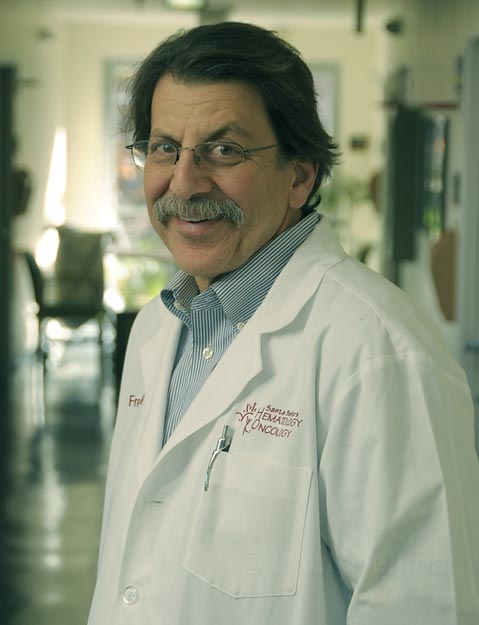The Angelina Factor
Brave New World
Last week, Angelina Jolie’s remarkable self-portrait created an unmistakably clear image of three dramatic shifts in our approach to breast cancer:
First, our understanding of genetics and our ability to personalize care now heavily influences breast cancer management.
Second, we have moved beyond the goal of early detection and are now invested in strategies for primary prevention – intervention before breast cancer occurs.
Third, advancements in surgical techniques have provided women options for multidisciplinary care and breast reconstruction that (paraphrasing her words) do not diminish a woman’s sense of femininity.

Genetics: We are slowly growing the number of communities in which certified cancer-genetics counselors are available to guide patients and their families. In California, certified programs are available in six regions: in the San Francisco, Los Angeles, and San Diego metropolitan areas, in Fresno, in Sacramento, and here in Santa Barbara.
What should bring patients and their families to seek genetic counseling?
•Multiple relatives with breast cancer
•A personal or family history of breast cancer prior to age 50
• A personal or family history of ovarian cancer
• A special subtype of breast cancer: “triple negative”
• Breast cancer in a male relative
• Breast cancer in a family of Eastern European Jewish ancestry
Primary Prevention: For more than a decade, we have known that medications given to high-risk women can decrease the risk of developing breast cancer. The first such trial demonstrated that tamoxifen could cut in half the likelihood of developing breast cancer. Subsequently, the STAR trial showed that raloxifene (Evista) could achieve similar results, potentially with fewer side effects.
For the highest risk women – women like Angelina Jolie, who carry the burden of a breast-cancer genetic mutation – the option of prophylactic surgery with effective reconstruction is now an option, with a 95% likelihood of preventing the disease. Women considering this option must have available to them a multidisciplinary team of physicians, genetics experts, counselors, navigators, and other community cancer programs, like those available here in Santa Barbara, to insure that their decisions are well grounded in all of the presently available medical knowledge.
Multidisciplinary Team and Innovations in Reconstruction: Physicians specializing in breast cancer staff the Santa Barbara Breast Cancer Alliance. This group has won national recognition as a certified breast center – offering the full spectrum of surgical, reconstructive, radiation and medical breast-cancer therapies. In partnership with the Alliance, the Cancer Center of Santa Barbara employs three breast-cancer navigators and a social services staff dedicated to easing the path of women through the maze of choices now confronting them and their families.
The genetic risk carried by Angelina Jolie is responsible for only 5% of breast cancer. About four out of every five breast cancers are unrelated to family history. To that end, our efforts must be directed toward some of the root causes of this cancer, which strikes one in eight women during their lifetime. We need to look more closely at diet, exercise, and other lifestyle choices. We need to more closely identify the steps all women can take to reduce their risk and to lead healthier, productive lives.



